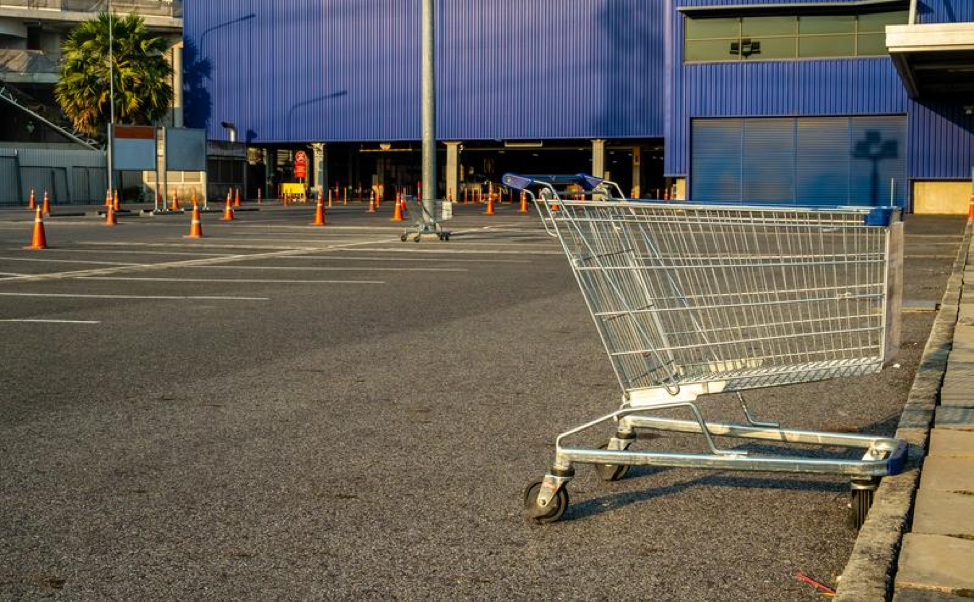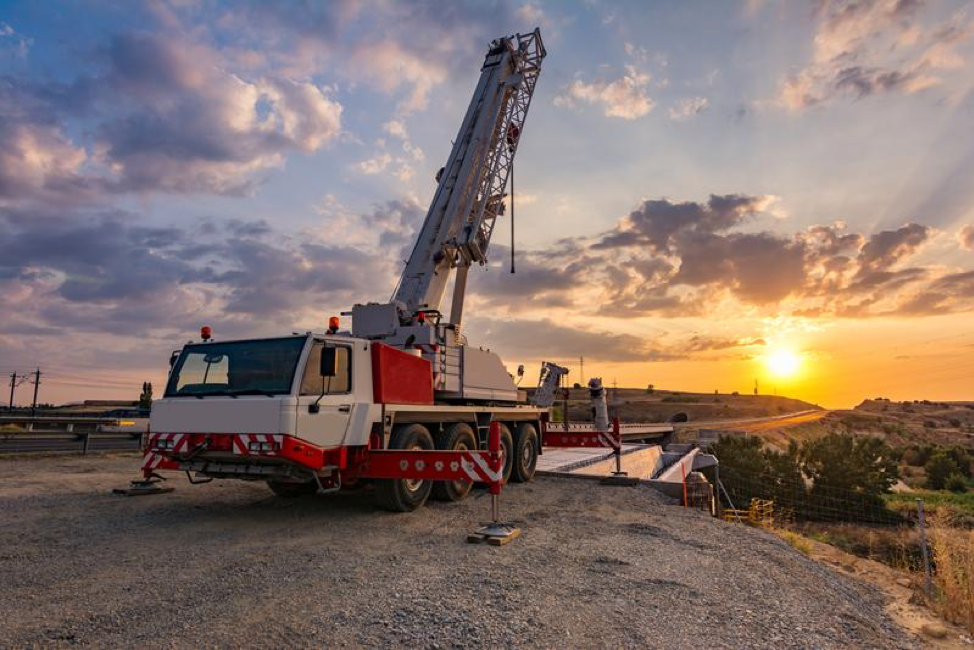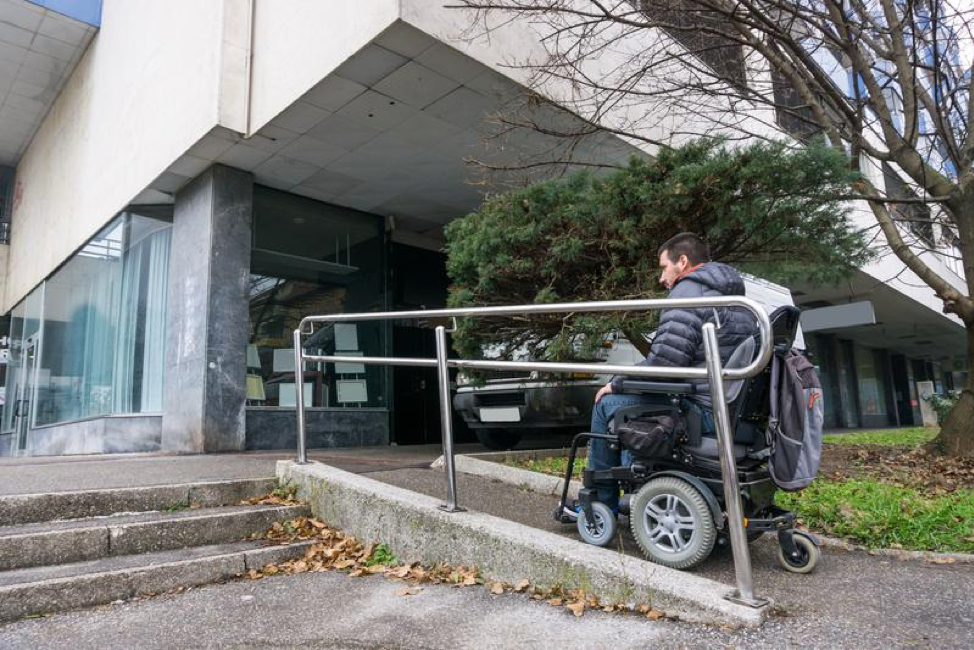
by Damien Therrio | Sep 11, 2019 | editorial
Whether you run a large or small business, if access to a parking lot is a part of your lease, maintaining that lot is in your best interest. Customers need a place to park their vehicles when they visit your storefront or office. Even in the most walkable areas, there are still clients and customers who will want to park their cars close to your place. If you own or are otherwise responsible for maintaining a parking lot for your business, there are three maintenance tips to consider.
Risk Factors
Generally, a parking lot sits outside and is exposed to the elements year-round. This means that the wear and tear on the surface is happening around the clock. Asphalt surfaces are susceptible to damage from weather. So, keep in mind how the seasons are impacting the area. Traffic and existing imperfections are other risk factors. Then, there are surprises, like the roots of trees, that decide to make their presence known by damaging paved surfaces.
Needs Repair
If you notice cracks, loose material or other imperfections on your parking lot, you are encouraged to get those repairs completed as soon as possible. Those who do not have experience in the repairs of outdoor surfaces are advised to seek the opinion of trained professionals. Sometimes, the necessary repairs are cosmetic. A new coat of paint marking the lines between parking spaces shows your customers that you care for the property, which adds to their sense of safety, for example. Other times, repairs are more serious. When cracks begin to show up, taking care of them prevents further damage that often leads to more expensive repairs later. If potholes or other serious crevices are apparent, it is in your best interest to have them fixed in a timely manner.
Protection
One way to help the surface of your parking lot last longer is to protect it with a sealant. If a sealant was not added when the surface was first installed, a professional could tell you if it is still an option. If a new surface has to be installed, the sealant can be added once the work is complete.
Sometimes, having access to a parking lot is a luxury. If your business can claim that luxury, it is a good idea to take care of it. A well-maintained parking area is convenient for your customers and a plus for your company.
An attractive commercial property is a must for every business, so let us help you build the perfect one!

by Damien Therrio | Sep 11, 2019 | Construction Safety
Cranes are an essential part of the modern building and development scene. Unfortunately, improper use of cranes can lead to problems and result in severe injury or even a workplace fatality. For this reason, it is important to be aware of hazards and best practices. It’s also essential to know how to react in the event of an accident.
Crane Hazards
Being aware of crane hazards reduces the risk of potential danger in the workplace. Some common crane hazards include electrical hazards, materials falling, overloading a crane, crane movement (pinch points) and dropped loads. Operators, foremen and other adjacent site workers should all be aware of an operating crane. Supervisors and operators especially are responsible for everyone else on the site and must continually assess the safety of the crane operation and take every precaution available to protect against potential hazards.
What to Do If an Accident Occurs
If an accident does occur, there are immediate steps to take. Supervisors should quickly determine what type of accident occurred and whether there is an ongoing danger, such as live wires or potential structural collapse from a crane impact. If there are no immediate secondary problems, first aid should be applied to any victims as rapidly as possible. There should always be first-aid trained staff members on-site to provide immediate assistance. Alerting authorities, such as EMT, fire or police crews, should be done quickly. Then, attend to secondary needs, such as contacting the local electric company, as needed. Finally, filling out the proper legal documentation is important for all parties.
Best Practices
Accidents are often the result of improper procedures or a lack of attention to detail. In some countries, governmental organizations, such as OSHA in the United States, provide guidelines and recommendations. Only a trained and certified operator should actually operate the crane. Cranes should always be inspected before every use for damage or signs of problems. Cranes must be used only on level surfaces and have outrigger arms deployed for balance. The path, or swing, of the boom and load should be assessed for wires, structures or pathing over workers, and workers should never be under a load. Loads should always be inspected for weight and balance.
All heavy machinery carries inherent risks. There is no good workplace accident, especially when such machines are in use. It is only through careful risk assessment and following rules and best practices that cranes can be used in a safe manner.
Commercial construction is our business, so let us help you build your next location!

by Damien Therrio | Sep 5, 2019 | Construction Safety
Accessibility is becoming more and more of a topic of conversation lately, one of the main targets being the lack of accessibility for disabled people in everyday life. Few or no ramps, elevator malfunctions making whole buildings off-limits to certain people, and unfriendly sensory environments make whole swathes of society a bad place to be if you’re disabled. The only way to change this is by choice, so here are three arguments for a person who is in design to build more accessible structures.
Create a More Equal Society
For anyone with even a cursory commitment to leaving positive change behind in the world, striving for accessibility in design is one of the best ways construction and architecture jobs can do it. Accessibility features exist to help level the playing field for disabled people. You wouldn’t expect someone in a wheelchair to climb ten stories’ worth of stairs, yet no one really pays any mind to the requirements for elevators, ramps and similar accessibility structures. What’s worse, these features are often limited, forcing people to compete over resources, oftentimes with individuals who don’t actually need them and just enjoy the convenience, such as abled people using a limited number of elevators and forcing others out. Without actively thinking about these things during design, society will remain fundamentally unequal.
Source: What is the Difference Between Accessible, Usable, and Universal Design? | University of Washington
It’s the Law
Perhaps the most convincing argument for accessible design is that, in the simplest terms, it’s the law. Public structures are required to have certain accessibility features and considerations or face various consequences. Even so, many places neglect even this bare minimum. Take it as a personal challenge to surpass this extremely low bar if you have to, but work accessibility into your designs for the sake of not being hit with fines.
Source: Opening Doors to Everyone | ADA National Network
How to Make Commercial Designs More Accessible
Like with most things, the people who are actually affected by an issue usually have a pretty good idea or some suggestions on how to solve it. In that spirit, it’s crucial to consult with disabled people when you plan accessible structures. Consulting someone who is actually wheelchair-bound can be incredibly helpful because they can point out potential problems that you wouldn’t spot otherwise. Getting the opinions of individuals who use canes or crutches about building layout is also important. After all, it would be an incredible waste of time and resources to get to the construction stage only to realize that everything you’ve planned just isn’t feasible in reality.
Source: Does Your Workplace Meet Basic Wheelchair Accessibility Standards? 6 Questions to Ask | Instructure
Not being able to get somewhere just because you’re disabled can be a frustrating situation for many people. There are a lot of ways accessibility can be improved in society to make it a more friendly place. Consider these three points the next time you’re drafting or designing structures.




Recent Comments